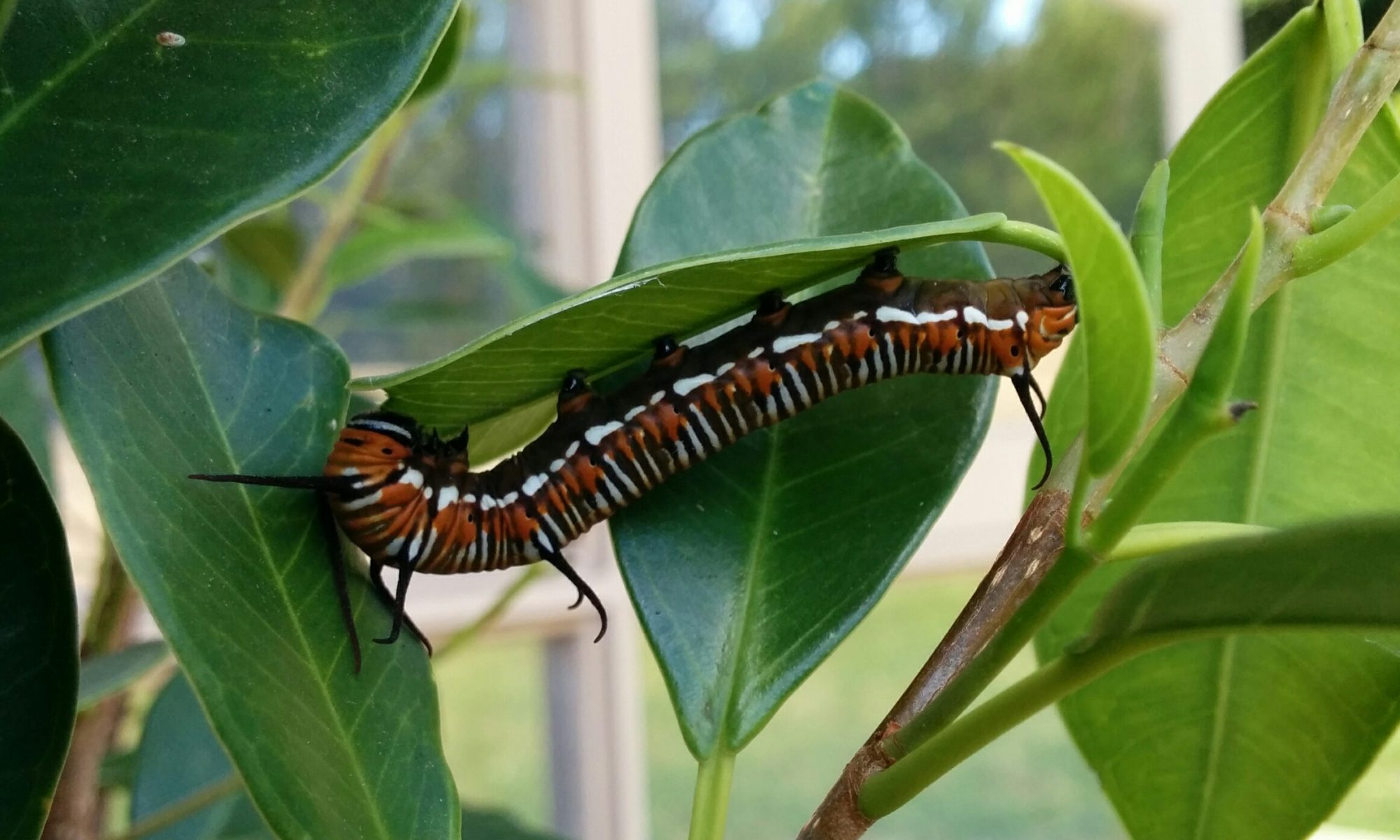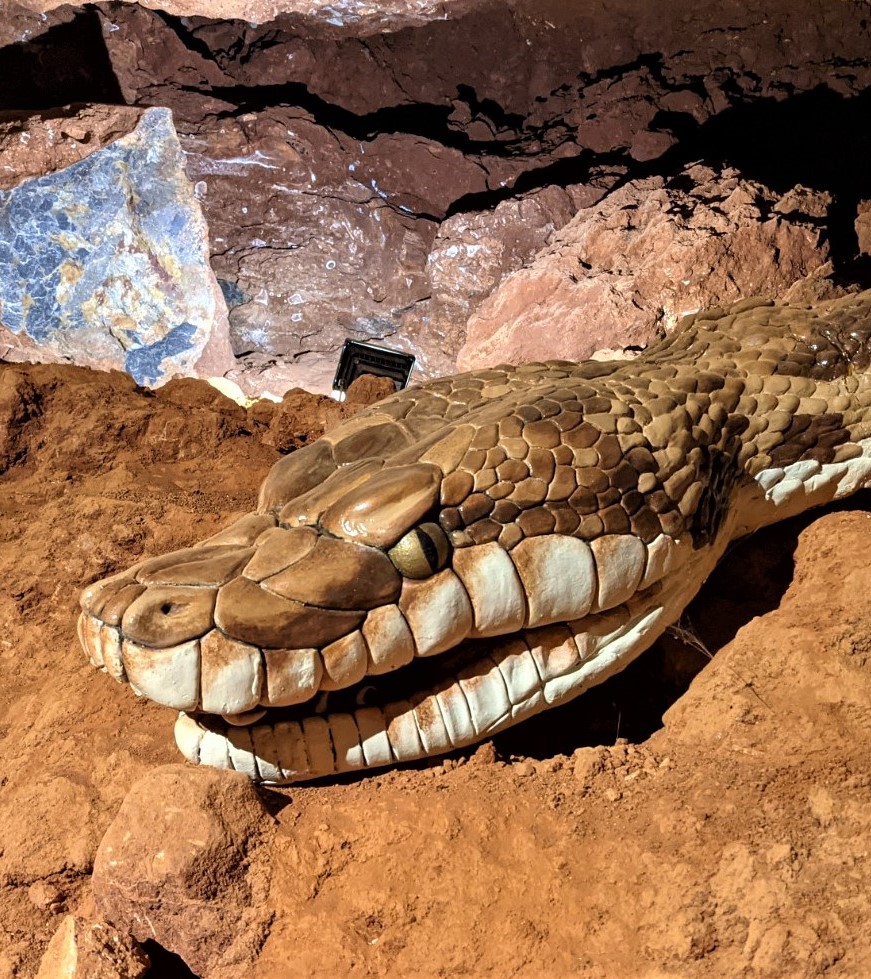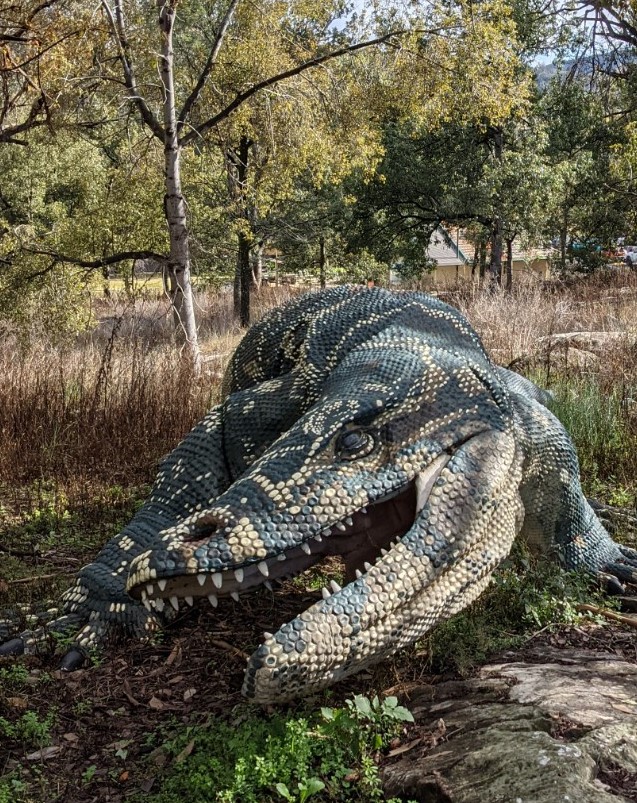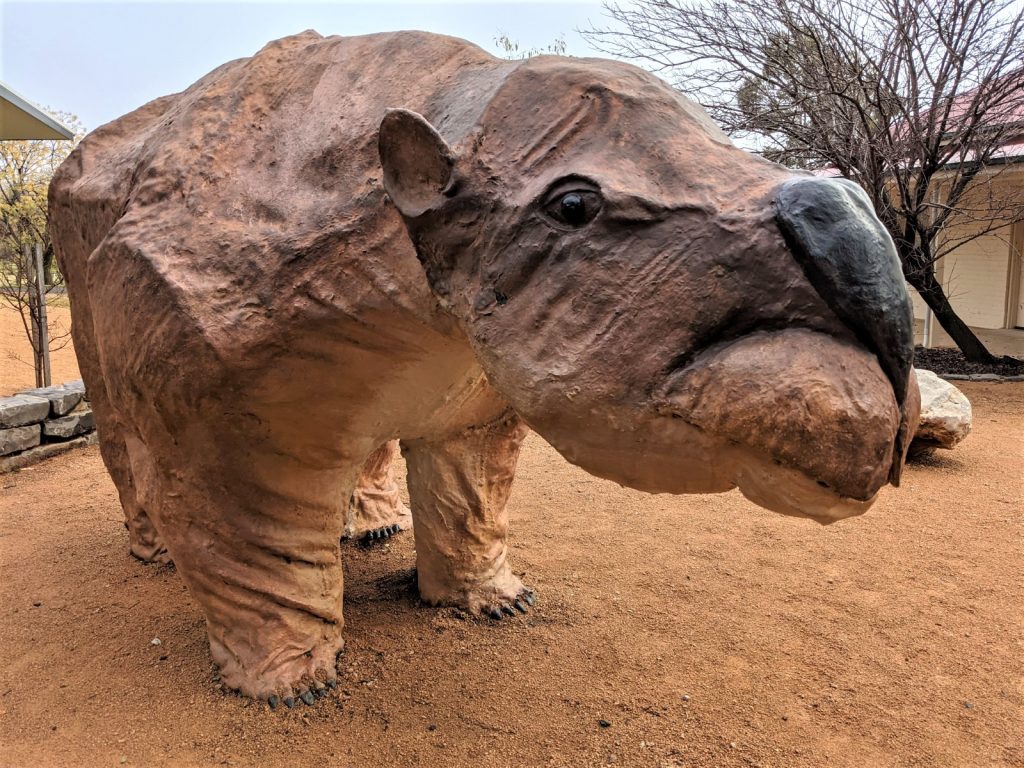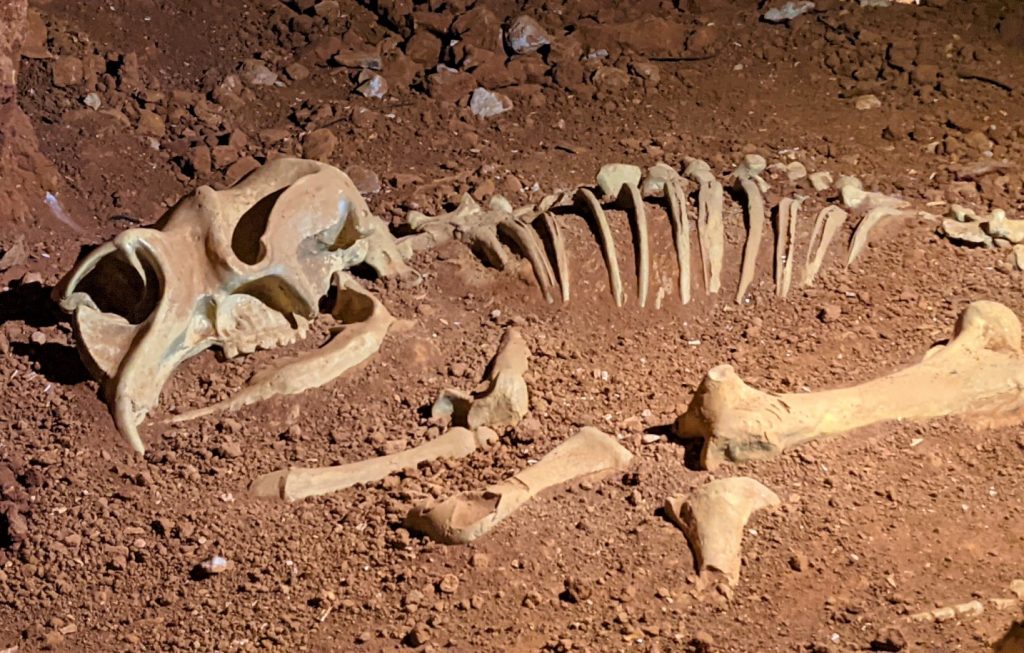Megafauna are large animal that roamed to world over 100,000 years ago. In Australia we have fossil evidence of these fascinating animals and one of the places where you can find these fossils is Wellington Caves in central west NSW.
The caves at Wellington are located in an outcrop of Early Devonian limestone, which is about 400 million years old. That limestone is part of the Garra Formation. Caves are great places to find fossils
Fossil vertebrates have been collected since 1830 from Wellington Caves. The list of includes 58 species; 30 species that are extinct throughout Australia and 12 species that are no longer found in Wellington region. The fossil deposits also contains bones from reptiles, birds, bats, rodents and monotremes. The age range of the fossils is from the late Pliocene to late Pleistocene approximately 3.5 million – 40,000 years ago. Evidence indicates that the fossils were deposited in the caves over three distinct periods.
Megafauna
The massive Diprotodon optatum was the largest marsupial known and the first fossil mammal named in Australia by Richard Owen 1838. Diprotodon is one of the most well known of the Australian megafauna and it was widespread across Australia becoming extinct about 25,000 years ago.
Thylacoleo carnifex, the Marsupial Lion is the largest carnivorous Australian mammal known. It may have hunted other Pleistocene megafauna like the giant Diprotodon.
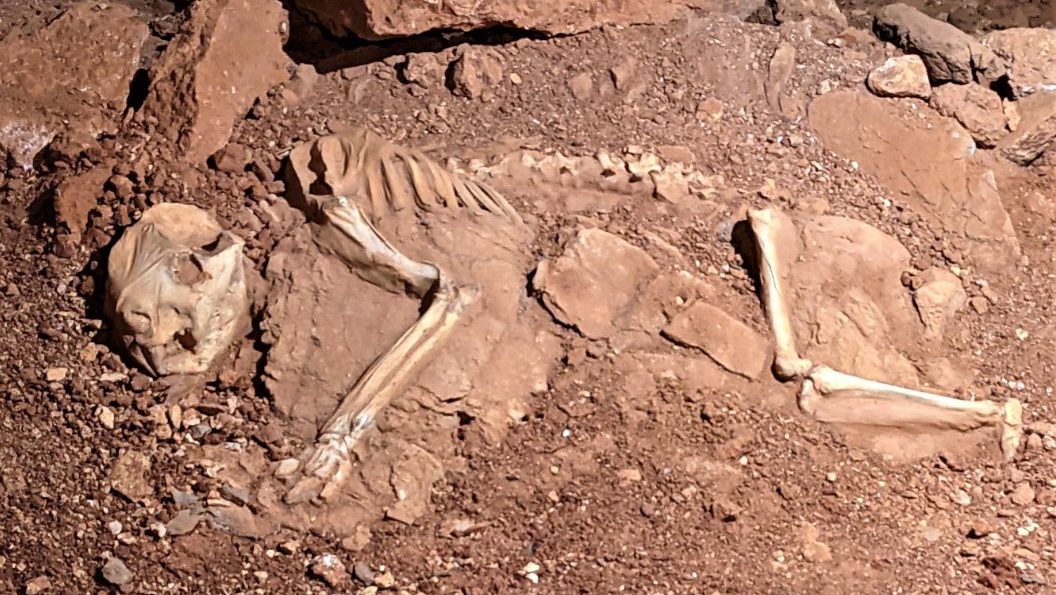
Megalania prisca is the largest terrestrial lizard known to have existed and was named by Richard Owen in 1859. Megalania was up to 5 metres long and would have been a top predator eating large mammals, other reptiles and birds.
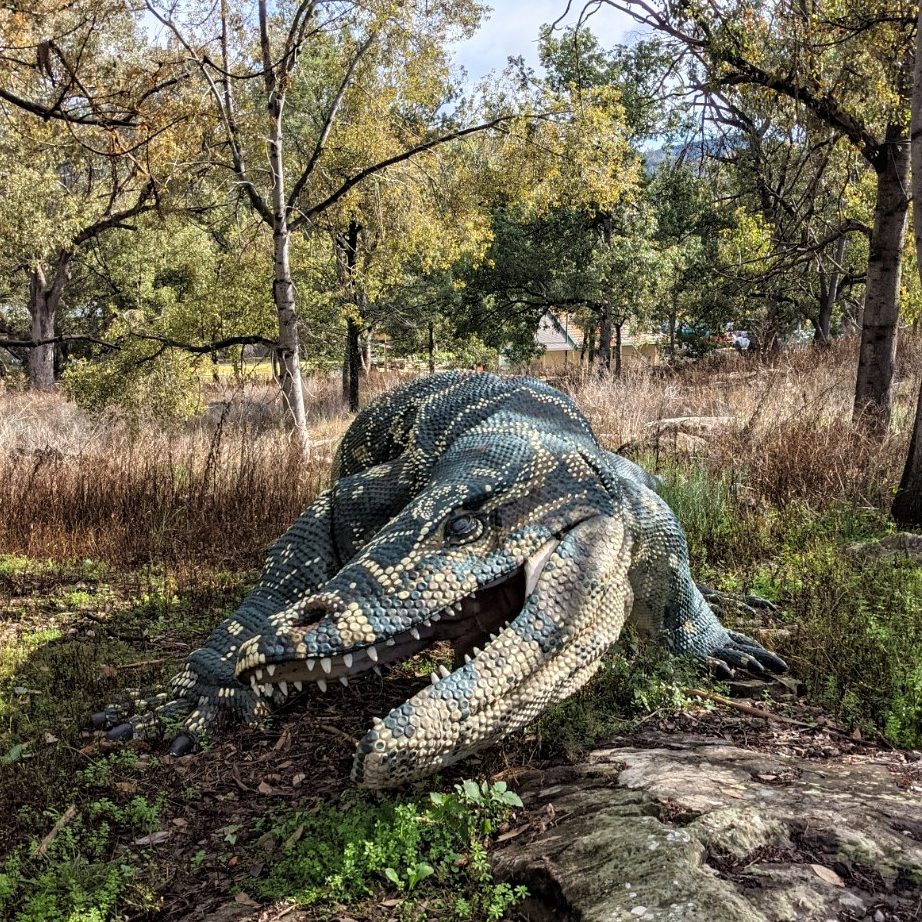
Wonambi naracoortensis is a five to six metre long snake and was an ambush predator.
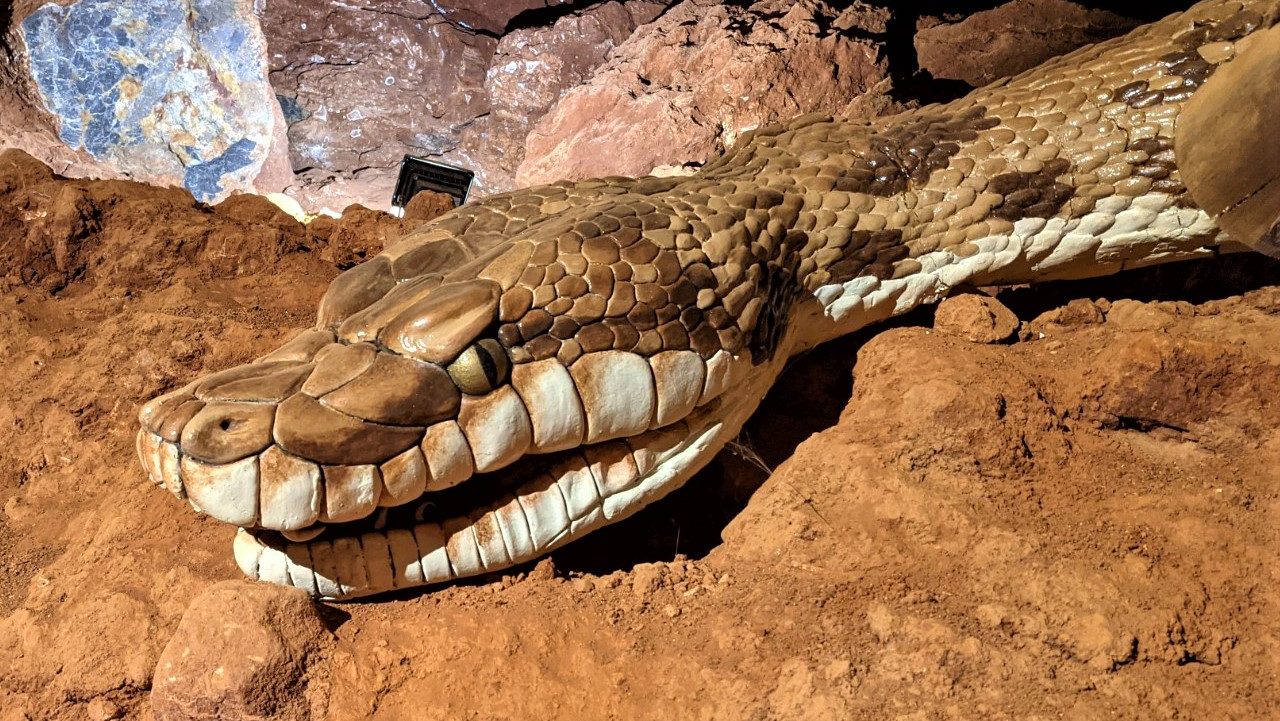
At the end of the last ice age the climate in Australia changed to warm-dry. This resulted in surface water drying up and becoming scarce. Most inland lakes became completely dry or dry in the warmer seasons. This saw the end of the age of the Megafauna and many species became extinct.
Some large grazing animals like Diprotodon moved to eastern Australia where there still was permanent water and better vegetation. Ultimately these animals also became extinct.
Come and visit Wellington Caves to see some great replicas and models of these amazing animals.

